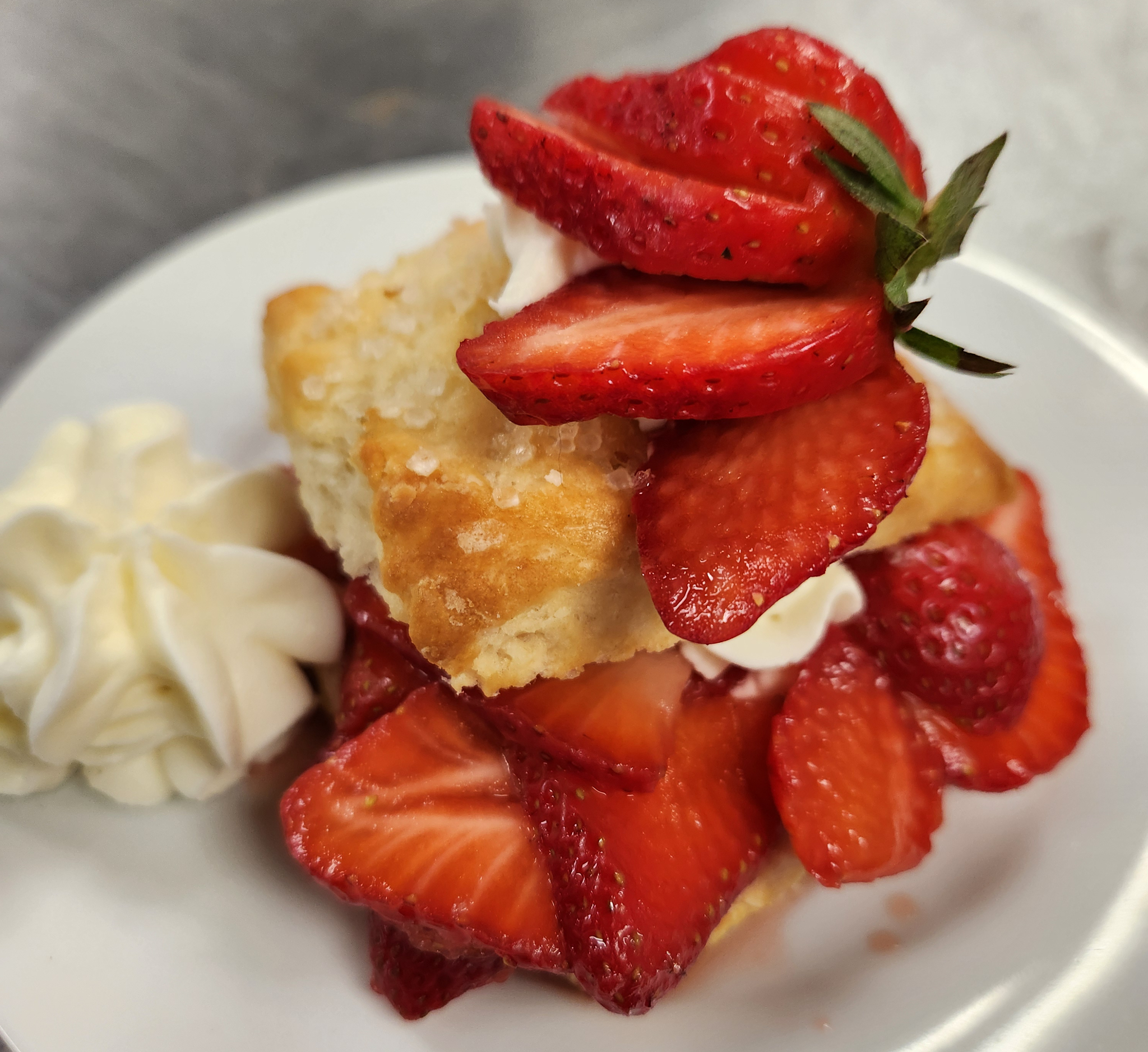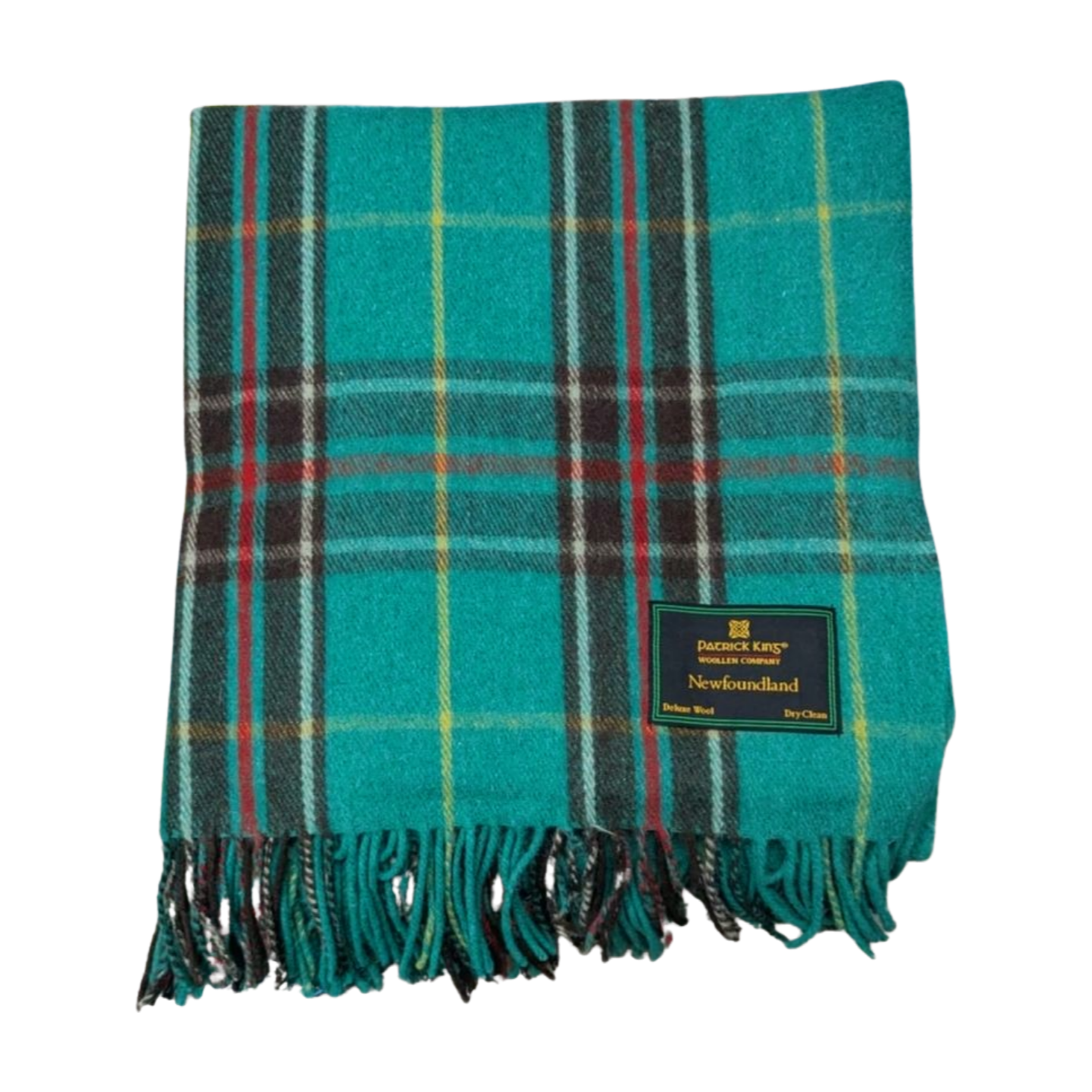The following is an excerpt from Perry Benoit’s new book, “Snippets of Outport Newfoundland Life from Various Perspectives”, a collection of short stories that he hopes will evoke fond memories. He also hopes to benefit a special cause with his work: a good portion of his book sales will be donated to the Janeway Children’s Hospital Foundation.
By Perry Benoit
Molasses Candy and Ice Cream
Treats are much different now than they were years ago. They are so common that you probably consider them everyday food items. A treat is something out of the ordinary that gives you great pleasure. Nowadays, it is a treat in name only because one can get what you want pretty much whenever you want it…
In simpler times, only one store operated within walking distance that closed suppertime. It had a minimal selection of treats, mainly candy in big glass jars. Kids had no disposable income and maybe got a piece once a week. It didn’t matter which kind because you appreciated them all.
Though scarce and sometimes barely attainable, they were available. However, during winter storms, power outages or nighttime, stores were not open if a sweet tooth attacked. Sweet tea or molasses bread didn’t seem to satisfy the desire, so you either improvised or did without.
If nothing was available, you made your own treats. Molasses candy and ice cream are tasty and easily made from ingredients on hand. You make them in winter during the long nights and the cold temperature requirement.
Molasses candy is most common and only requires three ingredients: molasses, butter and sugar. They are staples in any house and always available when suddenly getting a craving for something sweet.
A large cast-iron frying pan works best because it holds the heat better and distributes it evenly. That is important when cooking on a woodstove that can have variations in temperature between fillings. You melt a goodly bit of butter (margarine) in the pan, then pour in about a quarter-inch of molasses. When the molasses starts to heat up, you stir. No one said the recipe was hard!
You have to stir continuously as the molasses starts to bubble, and be very careful not to burn it or boil over the pan. This step requires your full attention because either can happen in seconds. Burning it, although unfortunate, only means throwing it out and starting over. Letting it boil over onto the stove is much worse because you have to endure the wrath of your mother!
Stirring is crucial because molasses requires a boiling point, which evaporates water and makes the mixture thicker. If the heat from the woodstove is not constant, you might have to move the pan around. Electric stoves work better for providing constant temperature. It takes about 10 to15 minutes of stirring to get the mixture to the right consistency. If you wait any longer, the molasses will have a “burny” taste when you’re finished.
You then pour the molasses into a greased deep plate or shallow pan and let it cool. If using a glass plate, let it cool gradually to avoid breaking and again feeling your mother’s ire. When it cools to room temperature, you can put it in the freezer or in the snow to let it harden.
It is ready when it cools to a point where it comes out of the pan and you can handle it easily. Depending on how much you made, roll it into a few pieces, then start stretching. You keep pulling the mixture repeatedly until it starts to lighten. When you think you’re finished, stretch it some more. When done, it should be almost caramel-coloured.
You form it into bite-sized pieces and roll it in sugar so the lumps don’t stick together. Put it back in the freezer until it hardens, and the molasses candy is ready to eat.
Making ice cream is equally easy. You just need milk, sugar and one other ingredient. Fresh whole milk works best, but canned is okay. You need a large bowl and a big spoon, that’s it. Preferably, the dish should be very thin and made from aluminum or steel. A wooden spoon with a long handle works best.
Before starting, you get a large pan or something like a galvanized washing tub. Fill it half with snow and tamp down hard. If ice candles are available from the house’s eaves, break off what you can and add to the snow. They are harder to melt and last longer.
Next, you add pickle. Any pickle will suffice, but any type of meat pickle is preferred. Fish pickle obviously has a fishy smell, which doesn’t seem to go with making ice cream. Aroma has a significant influence on the food you eat, and the odour of pickled fish while making ice cream doesn’t mix well. Meat pickle is far less aromatic.
You get about a gallon of pickle and slowly add it to the snow and icicle mixture. The salt in the brine super-cools the snow and makes it much colder. Avoid touching the mix unless you intentionally want to lose a finger! Nestle the thin bowl in the middle of the large pan and pack snow tightly around until it’s about three-quarters from the top. Add more pickle to that, and you’re good to go.
Pour the milk into the bowl a little at a time and add the sugar. Stir so that the sugar dissolves completely, then add more milk and repeat the process. The sugar helps thicken the liquid, but be careful not to add too much. Don’t worry about exact measurements because everyone likes different levels of sweetness. The amount of sugar to add is more of a touchy-feely thing that comes with practice.
When your mother is not looking, swipe a bit of vanilla from her supply and add to the mixture. It’s just a matter of stirring then until ice crystals start forming. If the snow melts around the bowl, add more, along with the pickle, because it is vital to keep the temperature as low as possible. You keep stirring until the mixture has a thick and smooth consistency.
You can eat the vanilla ice cream as is or flavour it. If you want to make strawberry ice cream, add a few spoons of homemade strawberry jam and stir well. If you mix it only a few times, you have strawberry-swirl. You can do the same with blueberry or partridgeberry jam. You can eat it then, or freeze it for a while to harden. Dish up and enjoy.
In outport Newfoundland, when you couldn’t afford an item or it was unavailable, then you made it. You used the simple things around you to adapt, invent and improvise. The same is true with sweet treats.
Reprinted with the author’s permission. This book and others by Perry Benoit (of Lourdes, NL) are available to buy only on Amazon.ca and Amazon.com.










